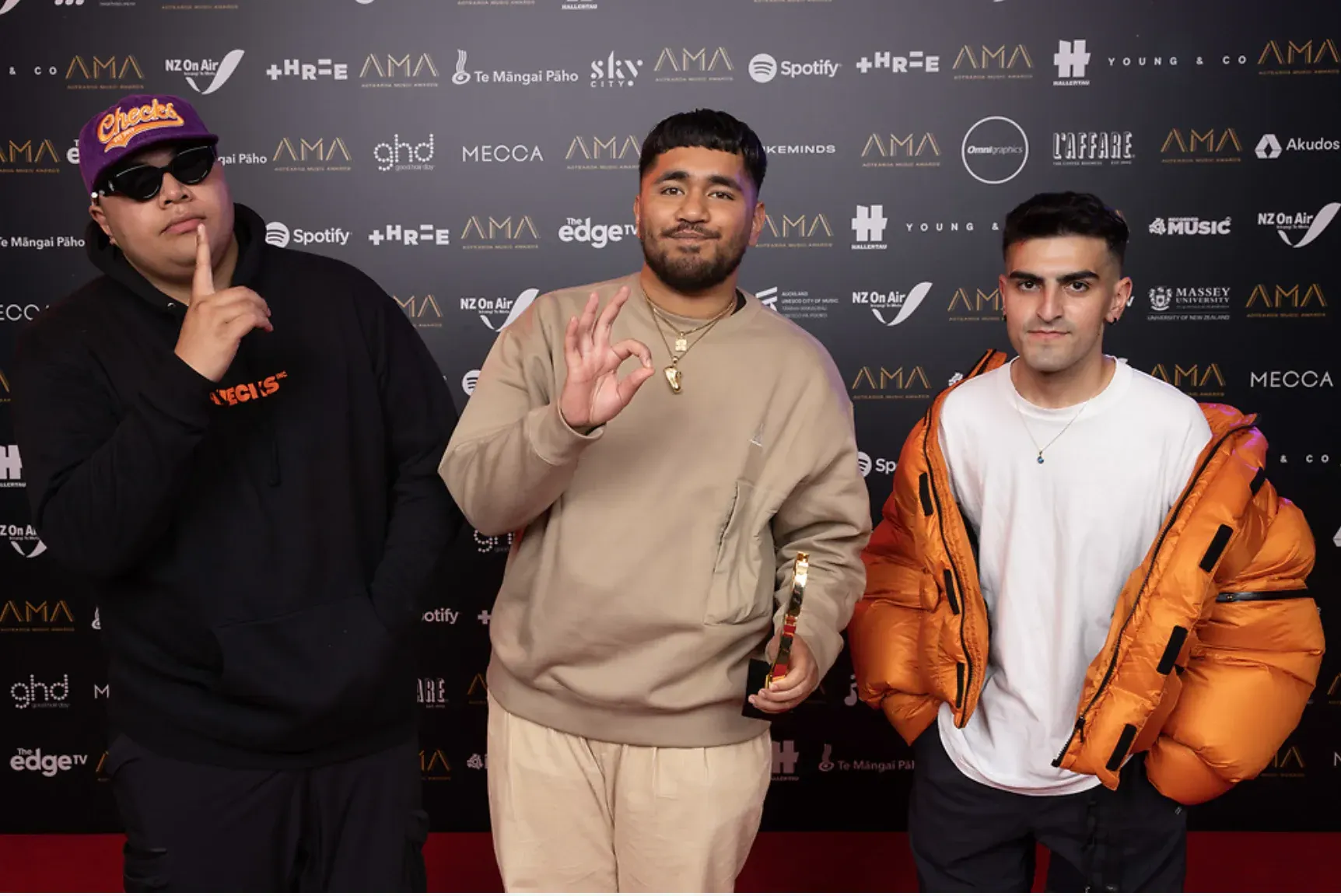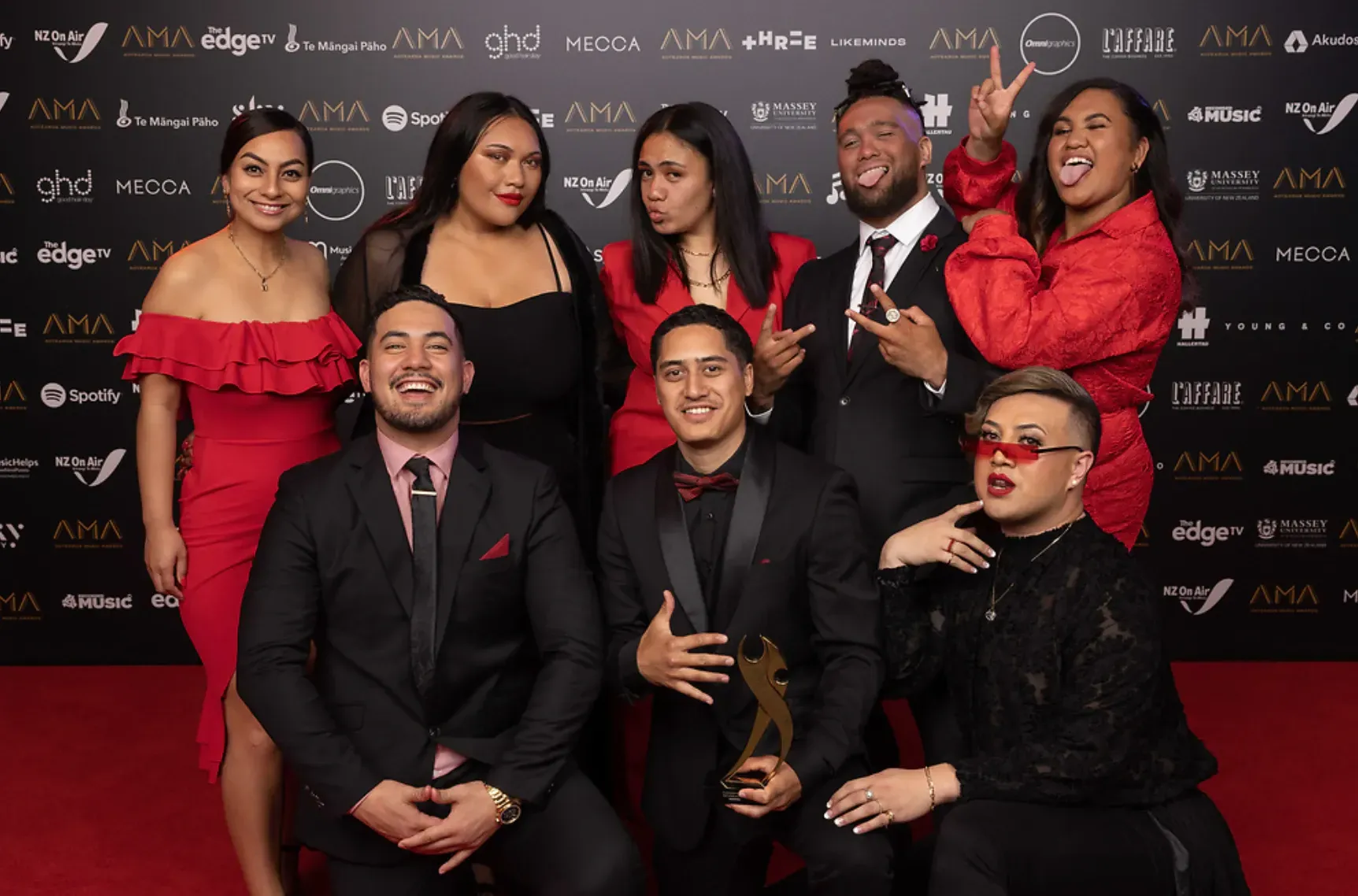Time to Shine - the Lesser Known Stars of the AMAs
Written by
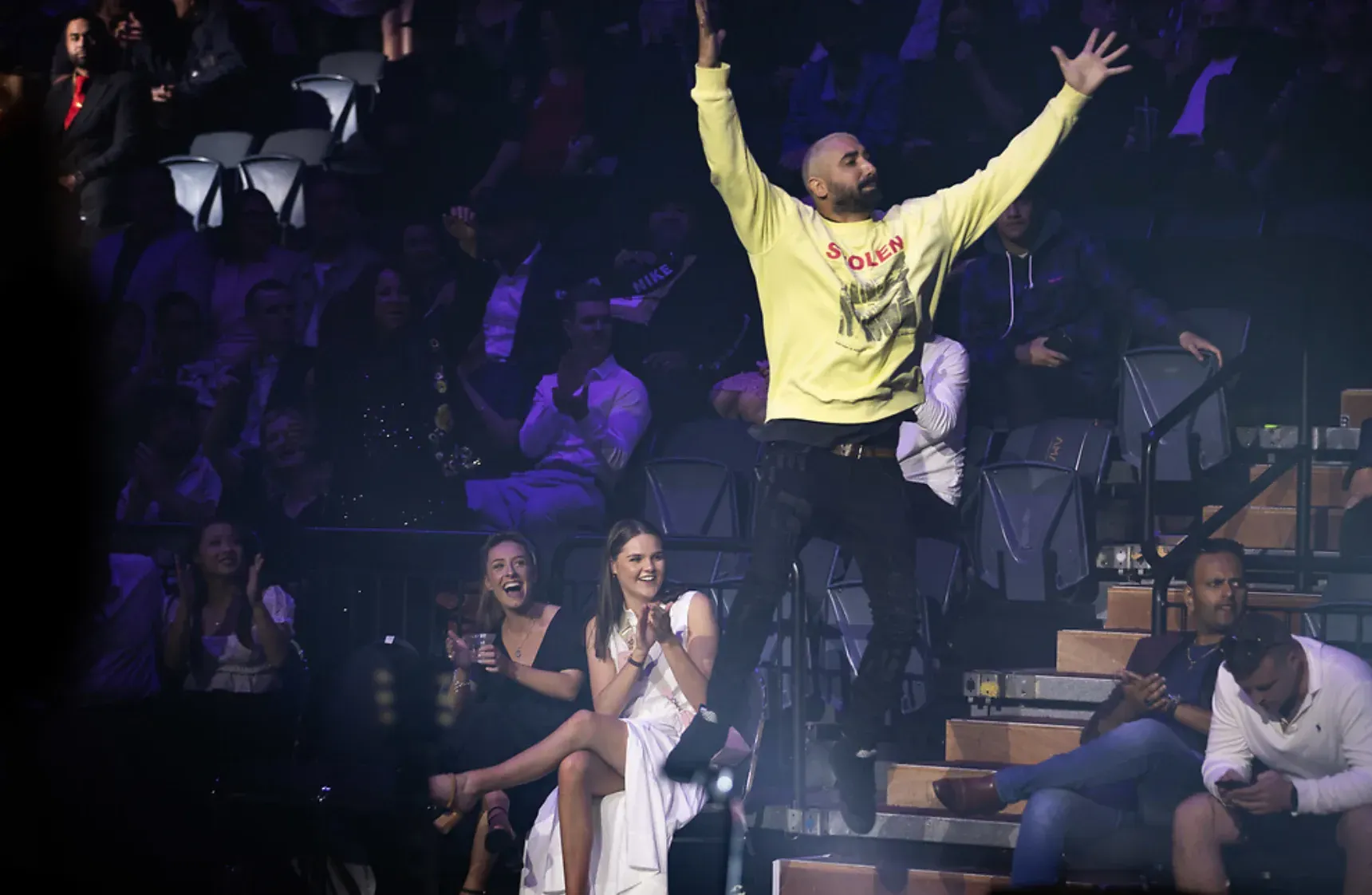
Scroll through the country’s mainstream websites and it’s a pleasure to see them showering praise on the winners of the Aotearoa Music Awards.
While the headlines naturally - and rightfully so - trumpeted the accolades of those whose success is already widely known. Benee’s incredible 4 Tui haul in a repeat of her 2019 domination, awards for the most radio airplay and highest-selling artists.
And what about the fact that the two international achievement awards for 2020 were handed to high school student in Jawsh 685 and a 20-year-old in Benee. Incredible.
But there is so much more to the night than that.
The AMAs are wonderfully and proudly Kiwi - and this year’s event seemed to highlight that even more than ever.
Whether it was the impromptu haka, Stan Walker’s adorable god-daughter or Tiki Taane’s children performing with them, or one of the most played songs in the world performed by Manurewa High School students, this was a national awards ceremony that you couldn’t find anywhere else in the world.
And what’s more Kiwi than shining a spotlight on those who don’t get as much as they deserve? Those in the industry, those in the know have seen their achievements and incredible skill. This is the night where those acknowledgements are made in front of as wide an audience as it possible in this country.
The likes of the remarkable Andrew Beer and Sarah Watkins - who were beaming with pride as they accepted the Te Kaipuoro Inamata Toa award for best classical artist for 11 Frames. With this rare moment on national television, they both took the opportunity to spread the spotlight even wider.
As well as heralding the support of Creative New Zealand and Rattle Records, Watkins pointed out “we couldn’t have done it without the incredible music of our composition community here in Aotearoa.”
Beer agreed, “this project is really about New Zealand composers - there are so many gifted and creative composers here so please check them out.”
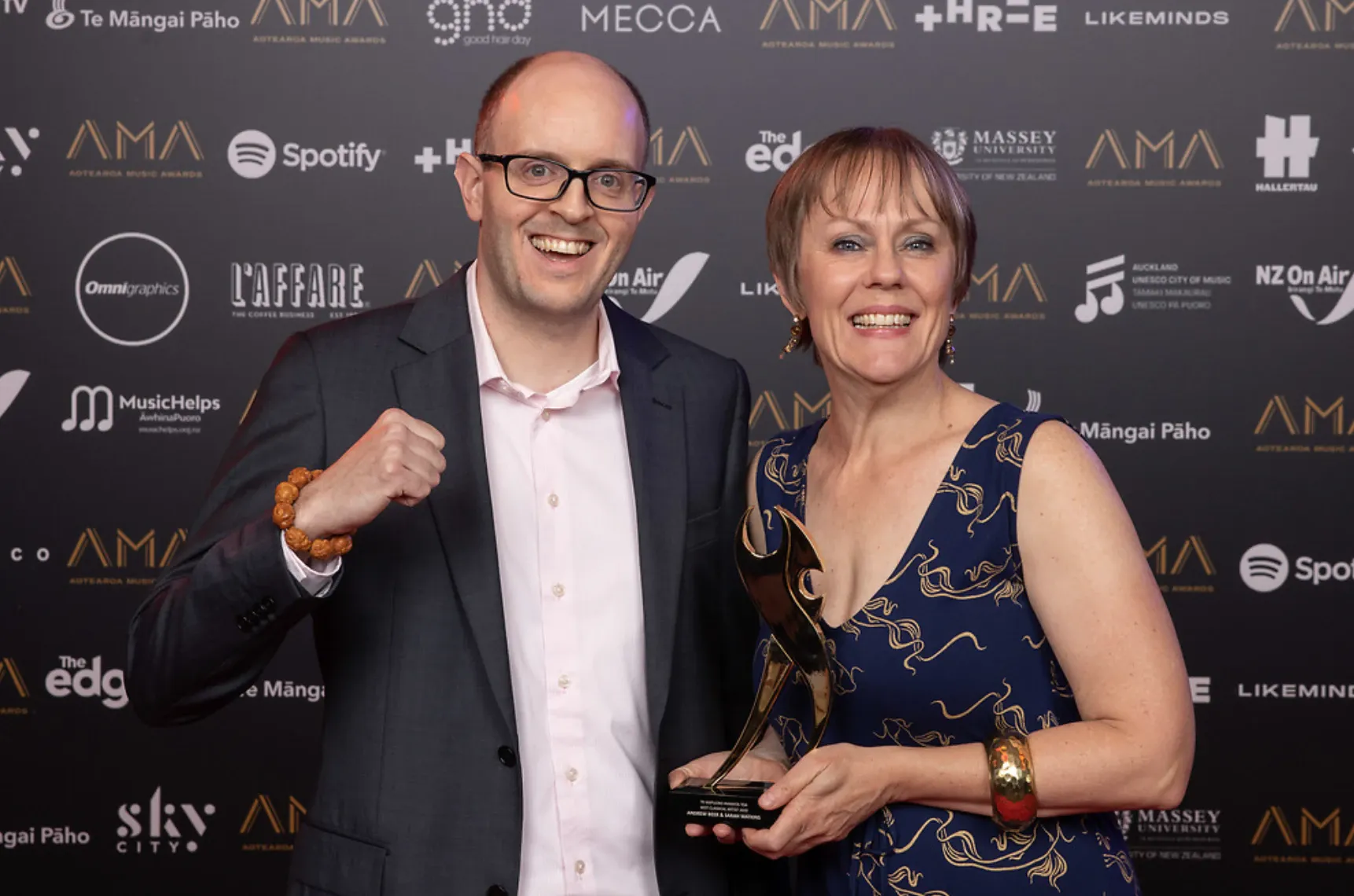
Andrew Beer and Sarah Watkins.
Such call to arms came from diverse corners, going from orchestral to urban, with high energy duo Church and AP rewarded for their hustle and lyrical stamina with the Te Kaipuoro Hipihope Toa best Hip Hop act award.
Church declared “we’d like to thank all the villages that helped raise us and the communities that put us here. And just a big shout out, we’re just one group that came out of a small community and we’re far from the only people.
“We’re bringing the whole army with us, we’re going to raise New Zealand hip hop, New Zealand music.”
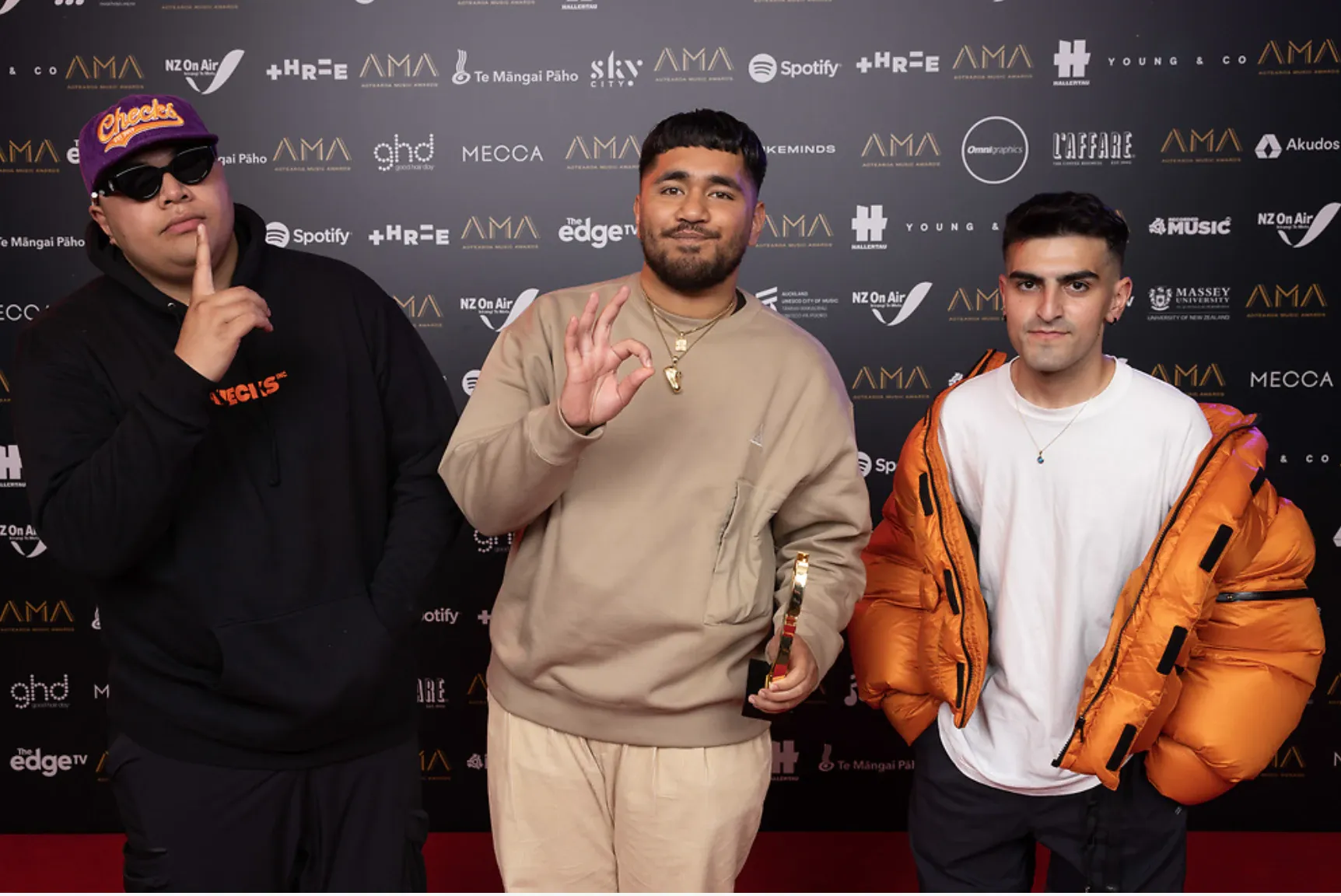
AP, Church and producer Dera Meelan.
Awards shows often feel predictable, with the best known names often taking out their categories. But Stan Walker was seen cheering on from the stands as first Haz and Miloux claimed Te Kaipuoro Awe Toa Best Soul/RnB Artist and then passionate collective Maimoa were overcome with emotion as they won Te Māngai Pāho Te Kaipuoro Māori Toa (Best Māori Artist) - both at Walker’s expense.
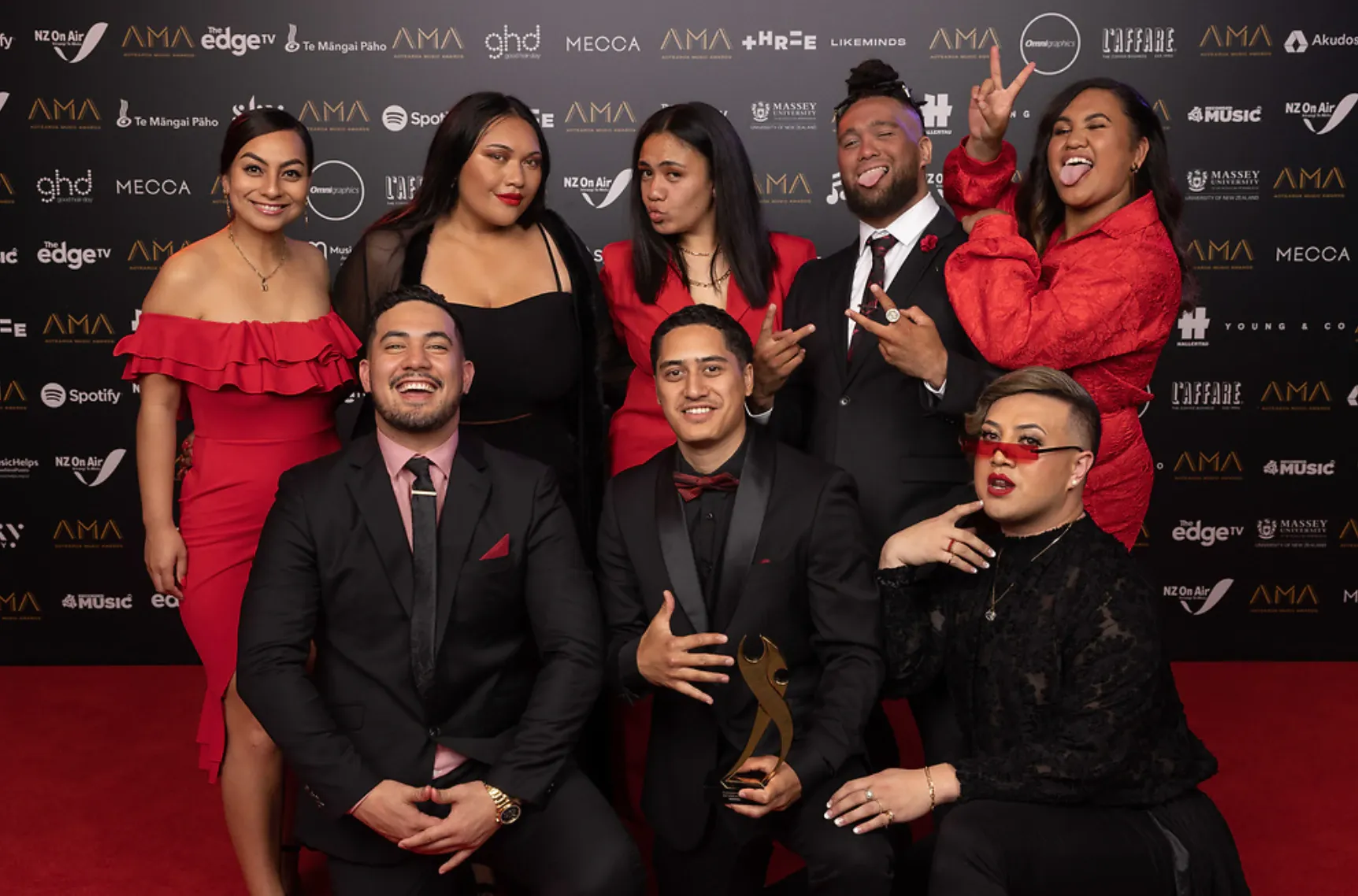
Maimoa.
Maimoa member Pere Wihongi summed up the feeling “I’m speechless right now, especially going up against our idols - Stan we love you, Ria (Hall), we love you!”
It’s not the just the artists who are front and centre - time is made to acknowledge the creative craftsmanship that got them there. Producers, managers, engineers, album cover art - they all are honoured as wel.
Graham Reid is one of the most respected music writers in Aotearoa, championing the cause on his website Elsewhere and contributing here on The Big Idea. he know first hand what this night - and the other elements of recognition - mean to the industry.
“Among the many things we learned during lockdown was just how big and integrated the New Zealand music industry is. Beyond the spotlight on the stars, there's an interconnection of others who help create and sustain the platform the artists stand on.
“In some ways, the artists were in a better position than most during that period: they could still write, often record in home studios and collaborate through file-sharing, they had Zoom concerts to keep in touch with their fan base and time to finish off albums they were working on.
“They had the gift and reward of their creativity.
“But the ones hit hard were, and still are, those in the industry around them: the touring companies, managers, promotional people, venue owners, road and lighting crews . . .
“There are the capital-investments in recording studios with their skilled producers and engineers, the poster companies and graphic designers who make the art and album covers, video makers, accommodation owners and catering people, record stores . . .
“The music industry is a very wide web of talented and important people, so it's only right that those artisans – the people who support the more visible artists – should be acknowledged.
“Those often invisible or anonymous people are a crucial part of the New Zealand music industry and we are all the better for them being there.
“Let's hope they got through so they can do it again.”

